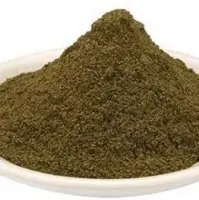
Medicinal herbs, spices, vegetables, pineapple and horticulture related items .
Cinamon cassia sticks, bay leaves, black stone flower, herbs, dried agro horti produces, black seasemumes.Supply and trading
Fresh fruits & vegetables, flowers, jam, jelly, dehydrated fruits & vegetables.Fabrication of storage tanks, erection of pipelines
Bamboo & rattan based handicrafts, bamboo furnitures, horticultural products, home interiors, incense sticks.
Agriculture, horticulture and spices.
Agriculture, Horticulture And Food Products..
Stinging nettle redirects here. For the Australian plant, see Urtica incisa. For other plants that sting, see Stinging plant with stinging hairs. Urtica dioica, often known as common nettle, stinging nettle (although not all plants of this species sting) or nettle leaf, or just a nettle or stinger, is a herbaceous perennial flowering plant in the family Urticaceae. Originally native to Europe, much of temperate Asia and western North Africa, it is now found worldwide, including New Zealand and North America. The species is divided into six subspecies, five of which have many hollow stinging hairs called trichomes on the leaves and stems, which act like hypodermic needles, injecting histamine and other chemicals that produce a stinging sensation upon contact (contact urticaria, a form or contact dermatitis). The plant has a long history of use as a source for traditional medicine, food, tea, and textile raw material in ancient societies.
Stinging nettle redirects here. For the Australian plant, see Urtica incisa. For other plants that sting, see Stinging plant Plants with stinging hairs. Urtica dioica, often known as common nettle, stinging nettle (although not all plants of this species sting) or nettle leaf, or just a nettle or stinger, is a herbaceous perennial flowering plant in the family Urticaceae. Originally native to Europe, much of temperate Asia and western North Africa, it is now found worldwide, including New Zealand and North America. The species is divided into six subspecies, five of which have many hollow stinging hairs called trichomes on the leaves and stems, which act like hypodermic needles, injecting histamine and other chemicals that produce a stinging sensation upon contact contact urticaria a form or contact dermatitis). The plant has a long history of use as a source for traditional medicine, food, tea, and textile raw material in ancient societies.

